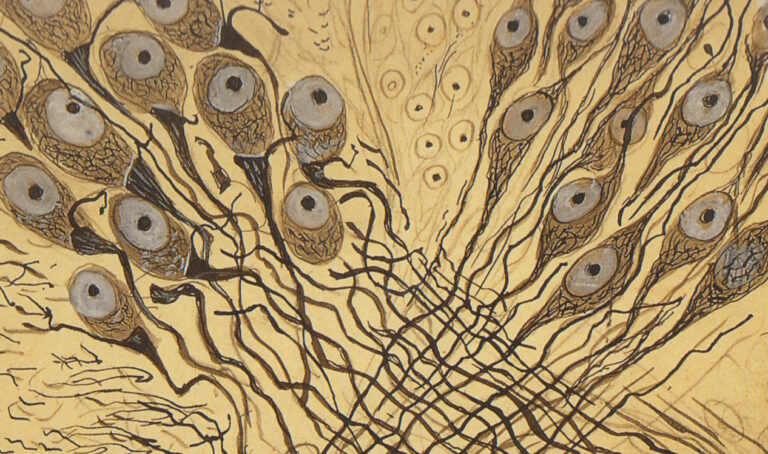[…]
Paint as fur, as velvet, as brocade, as hair. Paint as a way of entering and becoming someone else. Paint as a device for stopping time.
Laing writes:
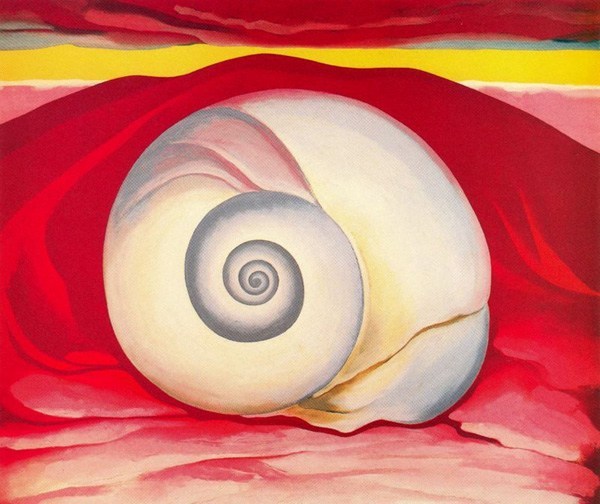
Complement the thoroughly symphonic Funny Weather with Paul Klee on creativity and why an artist is like a tree, Kafka on why we make art, Egon Schiele on why visionary artists tend to come from the minority, and Virginia Woolf’s garden epiphany about what it means to be an artist — which remains, for me, the single most beautiful and penetrating thing ever written on the subject — then revisit Laing on life, loss, and the wisdom of rivers.
Throughout these short, scrumptiously insightful and sensitive essays, Laing draws on the lives of artists — the wildly uneven topographies of wildly diverse interior worlds — to contour new landscapes of possibility for life itself, as we each live it, around and through and with art. In the essay about Georgia O’Keeffe — who revolutionized modern art while living alone and impoverished in the middle of the desert, in the middle of the world’s first global war — Laing observes:
Empathy is not something that happens to us when we read Dickens. It’s work. What art does is provide material with which to think: new registers, new spaces. After that, friend, it’s up to you.
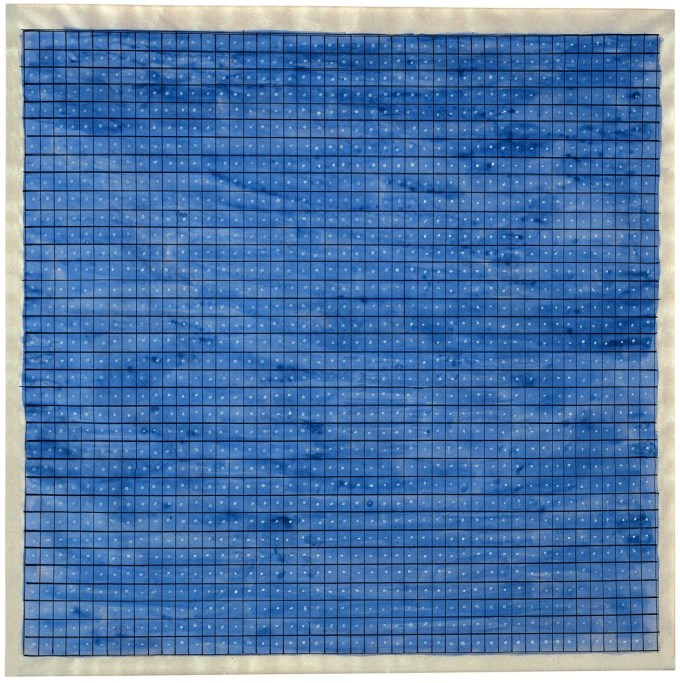
In a sentiment to which I relate in my own approach to historical lives, Laing frames her method of inquiry:
Loneliness centres around the act of being seen. When a person is lonely, they long to be witnessed, accepted, desired, at the same time as becoming intensely wary of exposure. According to research carried out over the past decade at the University of Chicago, the feeling of loneliness triggers what psychologists term hypervigilance for social threat. In this state, which is entered into unknowingly, the individual becomes hyperalert to rejection, becoming inclined to perceive their social interactions as tinged with hostility or scorn. The result of this shift in perception is a vicious circle of withdrawal, in which the lonely person becomes increasingly suspicious, intensifying their sense of isolation.
It depends whether you believe that we exist primarily as categories of people, who cannot communicate across our differences, or whether you think we have a common life, an obligation to regard and learn about each other.
A writer I was on a panel with said, and I’m paraphrasing here, that it is no longer desirable to write about the lives of other people or experiences one hasn’t had. I didn’t agree. I think writing about other people, making art about other people, is both dangerous and necessary. There are moral lines. There are limits to the known. But there’s a difference between respecting people’s right to tell or not tell their own stories and refusing to look at all.
The composite creation of a doctor, a philosopher, a poet, and a sculptor, the word empathy in the modern sense only came into use at the dawn of the twentieth century as a term for the imaginative act of projecting yourself into a work of art, into a world of feeling and experience other than your own. It vesselled in language that peculiar, ineffable way art has of bringing you closer to yourself by taking you out of yourself — its singular power to furnish, Iris Murdoch’s exquisite phrasing, “an occasion for unselfing.” And yet this notion cinches the central paradox of art: Every artist makes what they make with the whole of who they are — with the totality of experiences, beliefs, impressions, obsessions, childhood confusions, heartbreaks, inner conflicts, and contradictions that constellate a self. To be an artist is to put this combinatorial self in the service of furnishing occasions for unselfing in others.
[…]
This is where online engagement seems to exercise its special charm. Hidden behind a computer screen, the lonely person has control. They can search for company without the danger of being revealed or found wanting. They can reach out or they can hide; they can lurk and they can show themselves, safe from the humiliation of face-to-face rejection. The screen acts as a kind of protective membrane, a scrim that permits invisibility and also transformation. You can filter your image, concealing unattractive elements, and you can emerge enhanced: an online avatar designed to attract likes. But now a problem arises, for the contact this produces is not quite the same thing as intimacy. Curating a perfected self might win followers or Facebook friends, but it will not necessarily cure loneliness, since the cure for loneliness is not being looked at, but being seen and accepted as a whole person: ugly, unhappy and awkward as well as radiant and selfie-ready.
This is where online engagement seems to exercise its special charm. Hidden behind a computer screen, the lonely person has control. They can search for company without the danger of being revealed or found wanting. They can reach out or they can hide; they can lurk and they can show themselves, safe from the humiliation of face-to-face rejection. The screen acts as a kind of protective membrane, a scrim that permits invisibility and also transformation. You can filter your image, concealing unattractive elements, and you can emerge enhanced: an online avatar designed to attract likes. But now a problem arises, for the contact this produces is not quite the same thing as intimacy. Curating a perfected self might win followers or Facebook friends, but it will not necessarily cure loneliness, since the cure for loneliness is not being looked at, but being seen and accepted as a whole person: ugly, unhappy and awkward as well as radiant and selfie-ready.
This is where online engagement seems to exercise its special charm. Hidden behind a computer screen, the lonely person has control. They can search for company without the danger of being revealed or found wanting. They can reach out or they can hide; they can lurk and they can show themselves, safe from the humiliation of face-to-face rejection. The screen acts as a kind of protective membrane, a scrim that permits invisibility and also transformation. You can filter your image, concealing unattractive elements, and you can emerge enhanced: an online avatar designed to attract likes. But now a problem arises, for the contact this produces is not quite the same thing as intimacy. Curating a perfected self might win followers or Facebook friends, but it will not necessarily cure loneliness, since the cure for loneliness is not being looked at, but being seen and accepted as a whole person: ugly, unhappy and awkward as well as radiant and selfie-ready.
This is where online engagement seems to exercise its special charm. Hidden behind a computer screen, the lonely person has control. They can search for company without the danger of being revealed or found wanting. They can reach out or they can hide; they can lurk and they can show themselves, safe from the humiliation of face-to-face rejection. The screen acts as a kind of protective membrane, a scrim that permits invisibility and also transformation. You can filter your image, concealing unattractive elements, and you can emerge enhanced: an online avatar designed to attract likes. But now a problem arises, for the contact this produces is not quite the same thing as intimacy. Curating a perfected self might win followers or Facebook friends, but it will not necessarily cure loneliness, since the cure for loneliness is not being looked at, but being seen and accepted as a whole person: ugly, unhappy and awkward as well as radiant and selfie-ready.
This is where online engagement seems to exercise its special charm. Hidden behind a computer screen, the lonely person has control. They can search for company without the danger of being revealed or found wanting. They can reach out or they can hide; they can lurk and they can show themselves, safe from the humiliation of face-to-face rejection. The screen acts as a kind of protective membrane, a scrim that permits invisibility and also transformation. You can filter your image, concealing unattractive elements, and you can emerge enhanced: an online avatar designed to attract likes. But now a problem arises, for the contact this produces is not quite the same thing as intimacy. Curating a perfected self might win followers or Facebook friends, but it will not necessarily cure loneliness, since the cure for loneliness is not being looked at, but being seen and accepted as a whole person: ugly, unhappy and awkward as well as radiant and selfie-ready.
We’re so often told that art can’t really change anything. But I think it can. It shapes our ethical landscapes; it opens us to the interior lives of others. It is a training ground for possibility. It makes plain inequalities, and it offers other ways of living.
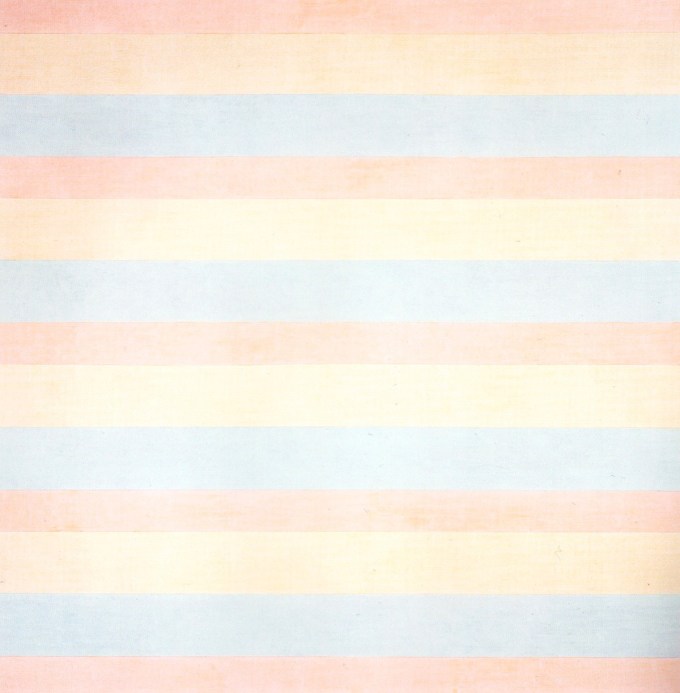
It struck me then how rare it is to see a writer on stage actually thinking, and how glib and polished most speakers are. For Berger, thought was work, as taxing and rewarding as physical labour, a bringing of something real into the world. You have to strive and sweat; the act is urgent but might also fail.
In another essay — about Ali Smith, the subject to whom Laing feels, or at least reads, the closest — she quotes a kindred sentiment of Smith’s:
Vulnerability — which Laing unfussily terms “the necessary condition of love” — is indeed the bellowing undertone of these essays: vulnerability as frisson and function of art, of life itself, of the atavistic impulse for transmuting living into meaning that we call art.
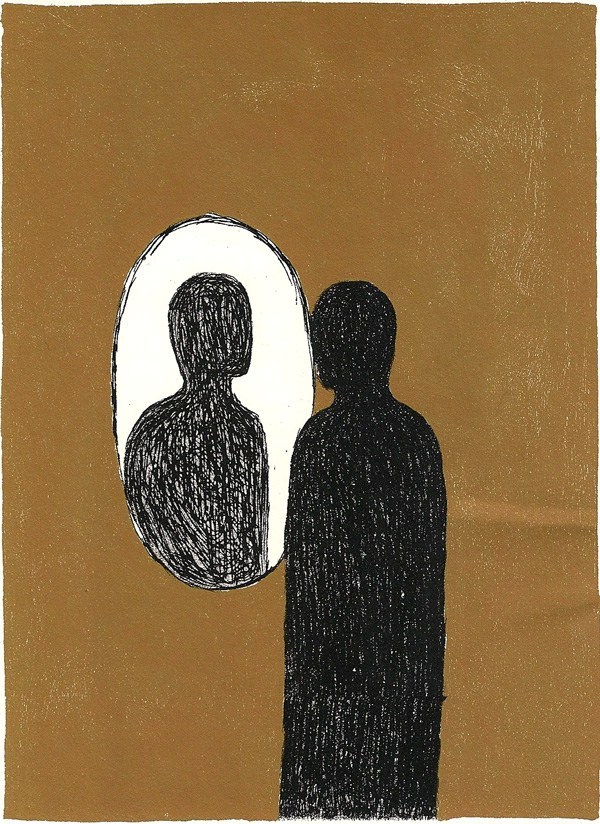
That may be why the lives of artists have such singular allure as case studies and models of turning the confusion, complexity, and uncertainty of life into something beautiful and lasting — something that harmonizes the disquietude and dissonance of living.
I don’t think art has a duty to be beautiful or uplifting, and some of the work I’m most drawn to refuses to traffic in either of those qualities. What I care about more… are the ways in which it’s concerned with resistance and repair.
You can’t paint reality: you can only paint your own place in it, the view from your eyes, as manifested by your own hands.
In a superb 2015 essay titled “The Future of Loneliness” — an essay that bloomed into a book a year later, the splendid and unclassifiable book that first enchanted me with Laing’s writing and the mind from which it springs — she considers how technology is mediating our already uneasy relationship to loneliness, and how art redeems the simulacra of belonging with which social media entrap us in this Stockholm syndrome of self-regard. In a passage of chillingly intimate resonance to all of us alive in the age of screens and selfies and the vacant, addictive affirmation of people we have never dined with tapping heart- and thumb-shaped icons on cold LED screens, she writes:




